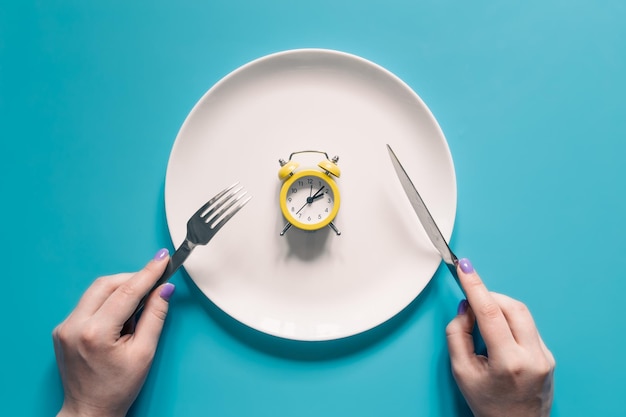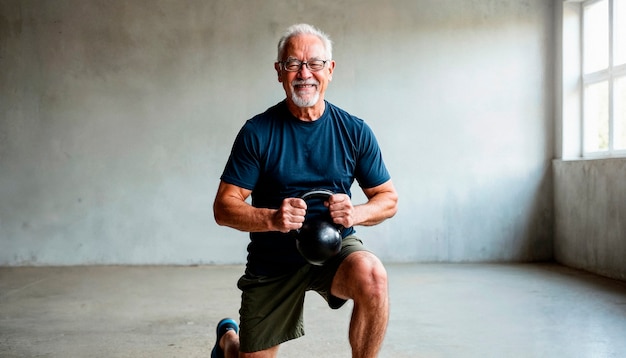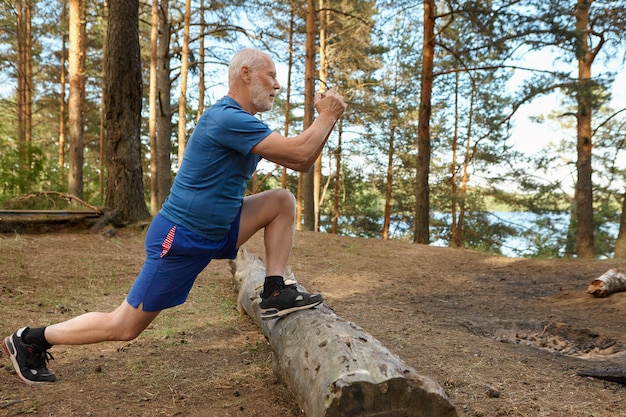In today’s fast-paced office environments, maintaining energy, focus, and long-term health is a constant challenge. One key marker of cardiovascular fitness and endurance—VO₂ max—has gained attention not just among athletes, but also among professionals seeking peak performance. But how you eat may influence your VO₂ max more than you think. Should you fast intermittently or eat small meals throughout the day? This article breaks down the science and practicality of both approaches, tailored specifically for office workers aiming to improve their aerobic capacity.
VO₂ max measures the maximum amount of oxygen your body can utilize during intense exercise. It’s a strong predictor of cardiovascular health, endurance, and overall fitness. A higher VO₂ max means your heart, lungs, and muscles work more efficiently—helping you feel less fatigued during physical activity and even during mentally demanding workdays.
For office workers who sit for long hours and may struggle to stay active, improving VO₂ max can lead to better stamina, sharper focus, and reduced risk of chronic diseases like heart disease and type 2 diabetes.
Intermittent fasting (IF) involves cycling between periods of eating and fasting. Common methods include the 16:8 method (16 hours of fasting, 8 hours of eating) and the 5:2 approach (eating normally for five days, restricting calories for two). IF has been linked to improved insulin sensitivity, fat loss, and cellular repair—processes that may indirectly support aerobic performance.
From a VO₂ max perspective, some studies suggest that fasting can enhance mitochondrial efficiency—the energy-producing structures in cells—potentially improving oxygen utilization over time. Additionally, fat adaptation from fasting may allow the body to rely more on fat for fuel during low-to-moderate intensity exercise, sparing glycogen and improving endurance.

The frequent meal strategy—eating 4–6 small meals a day—has long been promoted for maintaining steady blood sugar, curbing hunger, and boosting metabolism. For office workers, this approach can help avoid energy crashes during back-to-back meetings or long work sessions.
When it comes to VO₂ max, consistent nutrient intake supports muscle glycogen stores, which are crucial during high-intensity aerobic workouts. Frequent meals may also help sustain energy for regular exercise—key for improving cardiovascular fitness over time. However, this approach can lead to overeating if portion control isn’t managed, especially in sedentary work environments.
Current research does not conclusively favor one eating pattern over the other for directly increasing VO₂ max. However, both approaches can support aerobic improvements when combined with consistent exercise.
The real differentiator isn’t the meal frequency itself—but consistency, nutrient quality, and alignment with exercise routines.
Regardless of your eating pattern, here’s how to optimize your routine for better VO₂ max:

The best eating pattern is the one you can sustain. Consider your work schedule, energy needs, and personal preferences:
Both can support VO₂ max improvement when paired with regular aerobic activity and healthy food choices—whole grains, lean proteins, vegetables, and healthy fats.
Improving VO₂ max isn’t just about how often you eat—it’s about creating a sustainable lifestyle that supports movement, recovery, and consistency. For office workers, small daily habits—like walking during calls, taking the stairs, or scheduling short workouts—can make a big difference over time.
Start with one change, track your progress weekly, and adjust based on how you feel and perform. Whether you fast or eat frequently, the goal is the same: better energy, sharper focus, and a stronger, more resilient body.

Fitness

Fitness

Fitness

Fitness

Health

Health

Health

Wellness

Wellness

Wellness

Fitness

Fitness

Health

Fitness

Health

Health